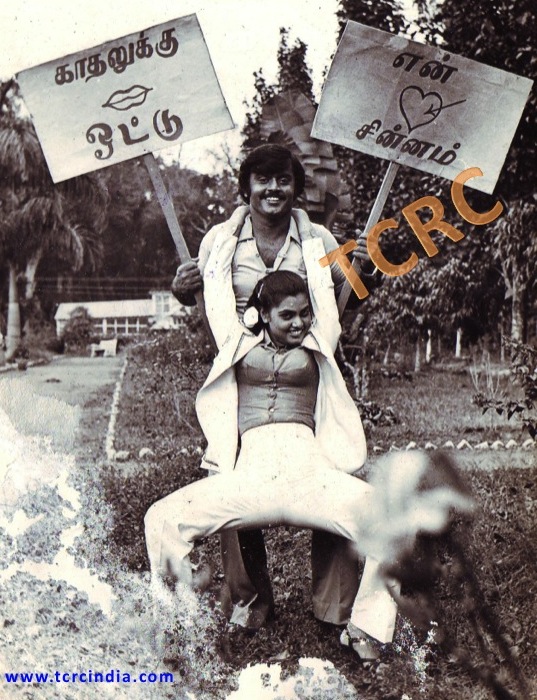By P.V. Gopalakrishnan
Then the villis transformed into what were known as ‘vamps’. The dictionary definition of a vamp is “a woman who is conscious of and makes use of being attractive to men in order to get what she wants”, akin to a honey trap. In films, vamps somewhat resembled this description.
The vicious vamps curated by Hindi cinema were all repulsively seductive, and in short vamps were vain, symbolizing everything an ideal Indian woman was not. Instead, they profiled what dangerous women were like, in a country where women of virtue were revered equated to Almighty.
In Hindi we had vamps played by Bindu, Helen, Vaishali, Padma Khanna, Jaishree.T, Aruna Irani & Kalpana Iyer, wearing coloured wigs, contact lenses & skimpy dresses.
Talking of Helen who was a pioneer in this tribe, she was born in Burma to an Anglo Indian father & a Burmese mother, but migrated to India 1n 1942 on the invasion of Japanese army of Burma. She became a hit in Hindi screen with her item number “mera naam chin chin choo’ in ‘Howrah Bridge’ (1958). Immediately, the same year, the Tamil movie ‘Uthama Puthiran’ imported her into Kodambakkam, as she danced in the famed hit number ‘Yaradi nee mohini’, along with Sivaji Ganesan. She has since appeared in nearly seven hundred films with her item numbers in vamp roles. Her song & dance sequence in ‘Piya thu ab tho aaja’ song in Caravan (1971) is evergreen.
Here is a ‘club dance’ number from “Deiva Piravi” (1960).
The film ‘Karuppu Panam’ (1964) produced by Kannadasan had an ‘club dance’ sequence in the song ‘Aada varalaam’ filmed on Sheela, in tight (and perhaps even ill fitting) western outfits, though she already was a busy main heroine then in Malayalam. This song, set in western genre became an immortal hit.
Here is another instance of ‘club dance’ in the song ‘Uravinil fifty fifty’ where Rajeswari lays a honey trap for AVM Rajan in the film ‘Galatta Kalyanam’ (1968).
In our own Tamil screen we had an array of vamps, to name the prominent ones Jothilakshmy, Vijayalalitha, Jayamalini, Anuradha, CID Sakunthala, Disco Santhi, Silk Smitha.

A still from the Film Pattanathu Rajakkal of SILK SMITH with Vijayakanth.
PC: From the Archives of TCRC
The vamps started donning wigs & minis as they danced, seducing the Hero in our films too, a departure from the run-of-the-mill villis with their rolling eyes & a vicious tongues, as seen in this video from the film “Sorgam” (1970) with Vijayalalitha & Sivaji Ganesan.
These vamps were either ‘one dance’ item number girls or some parallel running characters in the storyline.
Then Silk Smitha, introduced to Tamil screen by Vinu Chakravarthi, became the perennial item number girl and never came out of her image as femme fatale. Disco Shanti, Smitha’s contemporary also settled for the “item girl” tag. Here is a visual of the song ‘Nethu rathiri yamma’ song featuring the most popular vamp character playing Silk Smitha with Kamal Hassan in ‘Sakalakala Vallavan’ (1982).
But in due course, these specialist dancers meant for such vamp roles were slowly losing their relevance, partly owing to the subjects as well as the way films were made, as even new generation of actors took the center stage.
And a stage came when the heroines themselves started doing such dance numbers, sending home the breed of club dancing actors homeward, in retirement.
There was this slow acceptance that lewd lyrics & suggestive movements were no more in the exclusive realm of those who were once labeled as vamps and that the respected heroine could do it all.
This mindset of cine goers perhaps stemmed from the overall changes the current generation has witnessed & accepted arising out of education, liberated mindset, globalization etc.
As such the vamp has died a natural death in our cinemas, as the perception of them as a hugely negative clan and holding them in a water tight genre has changed along with the emergence of realizing a ‘vamp’ character is generally engrained in every ordinary living individual. That is why we see, in the soap operas on TV, normal woman characters being over dramatized as mega ‘villi’s with their ever scheming negative plans. This has becoming the major sell out of today’s TV serials!
